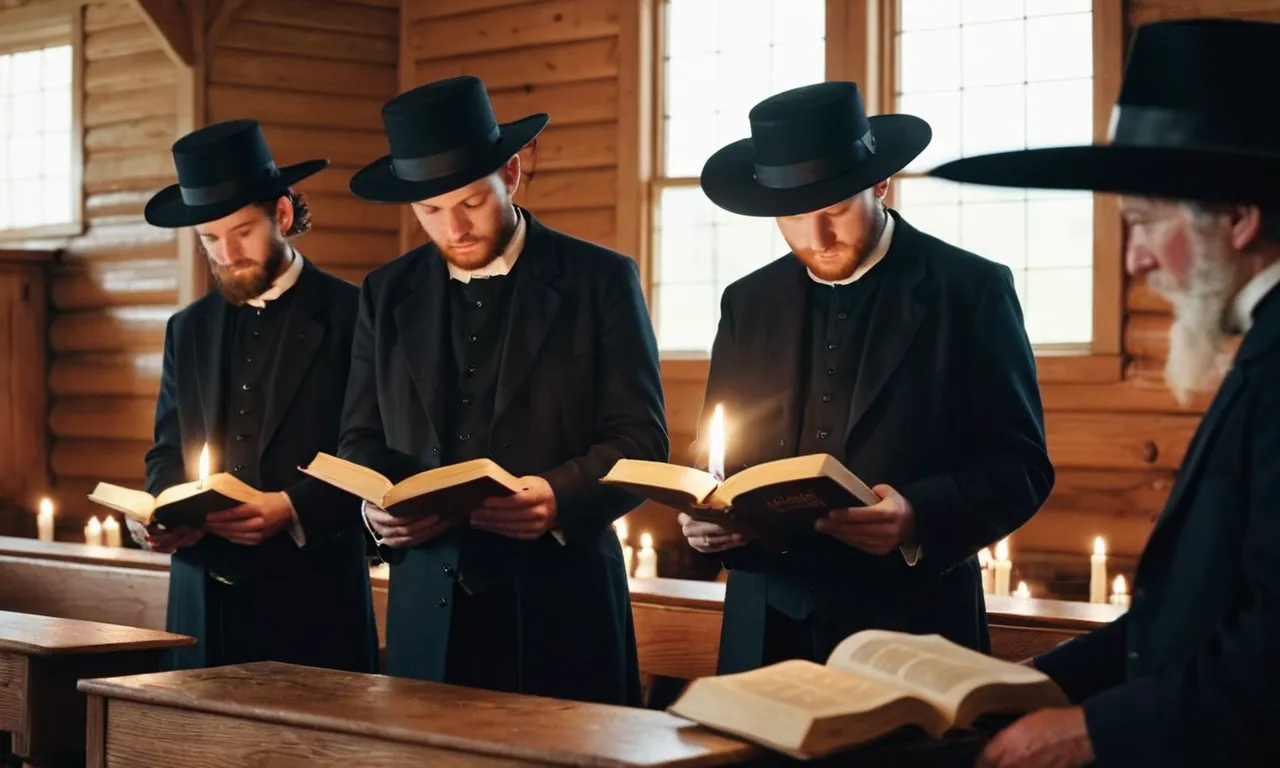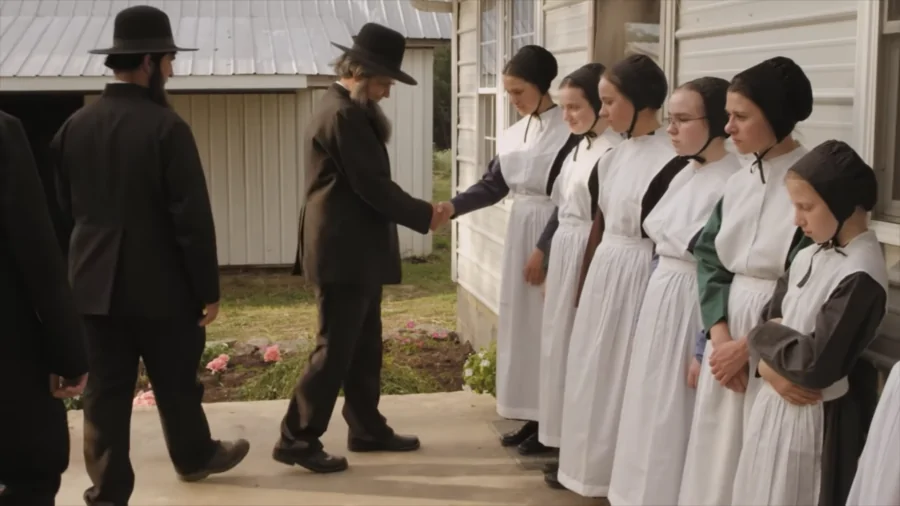How Amish Worship Differs from Other Christian Groups
The Amish faith is deeply rooted in Christianity, but their worship practices differ from many other Christian denominations. Their approach focuses on simplicity, humility, and community. Instead of elaborate churches or modern music, the Amish worship in ways that reflect their belief in living a quiet and faithful life.
Worship in Homes, Not Churches
One of the biggest differences is where the Amish worship. Instead of large church buildings, they gather in homes or barns. Every few weeks, families take turns hosting services.
This rotating system keeps the community close and reminds members that worship is not about a building—it’s about faith and fellowship. The home setting also keeps expenses low and emphasizes equality, since no one owns a grander space than another.
Simple and Unadorned Worship
Amish worship is simple and free of decoration. You won’t find stained glass, statues, or musical instruments. Services focus on the spoken word, prayer, and song. This simplicity helps worshippers focus on their relationship with God without distractions.
Other Christian groups often use choirs, organs, or praise bands during worship. The Amish, however, sing hymns slowly and without harmony, often using songs from the Ausbund, one of the oldest hymn books still in use. These hymns are long and deeply spiritual, reflecting themes of devotion, sacrifice, and endurance.
Services Held in Pennsylvania Dutch
The Amish use Pennsylvania Dutch, a German dialect, during their services. Some prayers and Bible readings are in High German, and personal conversations may shift to English when needed.
In contrast, most other Christian groups in the U.S. worship in English. For the Amish, keeping the German language in worship connects them to their ancestors and reinforces their identity as a distinct religious community.
Focus on Community and Equality
Amish worship highlights the community rather than the individual. There are no pastors in the modern sense; instead, ministers, deacons, and bishops are chosen from within the congregation. They are not paid and usually continue their regular jobs during the week.
This system differs from many Christian churches, where professional clergy lead services and receive salaries. The Amish believe that leadership should come from humble service, not ambition or personal gain.
Longer and Slower Services
Amish worship services last longer than typical Sunday gatherings. A full service can take three hours or more. It includes Bible readings, sermons, prayers, and hymn singing.
Everything moves at a slow, reflective pace. Worshippers sit on simple wooden benches and listen quietly. The focus stays on patience and reverence rather than emotional expression or excitement.
Other Christian groups may hold shorter services that include music, multimedia presentations, and sermons focused on modern issues. Amish services avoid these elements to maintain spiritual calmness and unity.
Emphasis on Humility and Obedience
The Amish see worship as a time to humble themselves before God. Members confess their sins and renew their commitment to living according to the Ordnung, a set of church rules that guide daily life.
This emphasis on humility differs from churches that highlight personal success or emotional experiences. Amish worship teaches that obedience and quiet faith are the true paths to spiritual peace.
Communion and Foot Washing
Communion, or the Lord’s Supper, holds special meaning for the Amish. It takes place twice a year, usually in spring and fall. Before taking communion, members must forgive others and confess any wrongdoing.
During communion services, the Amish also practice foot washing, following the example of Jesus in the Bible. This act symbolizes humility, equality, and service. Few other Christian groups continue this ritual so faithfully today.

Separation from the World
Amish worship reinforces their belief in separation from the world. Members avoid political discussions, modern technology, and outside influences during gatherings. This separation helps them maintain focus on their faith and values.
Other Christian groups may adapt their services to appeal to modern audiences, using technology and entertainment. The Amish intentionally avoid these practices to preserve spiritual purity.
Conclusion
Amish worship differs from other Christian groups in both form and spirit. Their services are simple, home-based, and deeply focused on humility and community. Every hymn, prayer, and sermon reflects their desire to live faithfully without worldly distractions.
By worshiping in this way, the Amish preserve their traditions and strengthen their bond with God and each other. Their devotion reminds the world that true worship does not need grand buildings or technology—it needs only faith, simplicity, and unity.



